Avoid These 5 Invasive Ground Covers at All Costs! Plant a Stunning Native Variety Instead
If you grow one of these invasive ground covers, it's time to replace them with a native variety. Find out which plants you need to swap now.
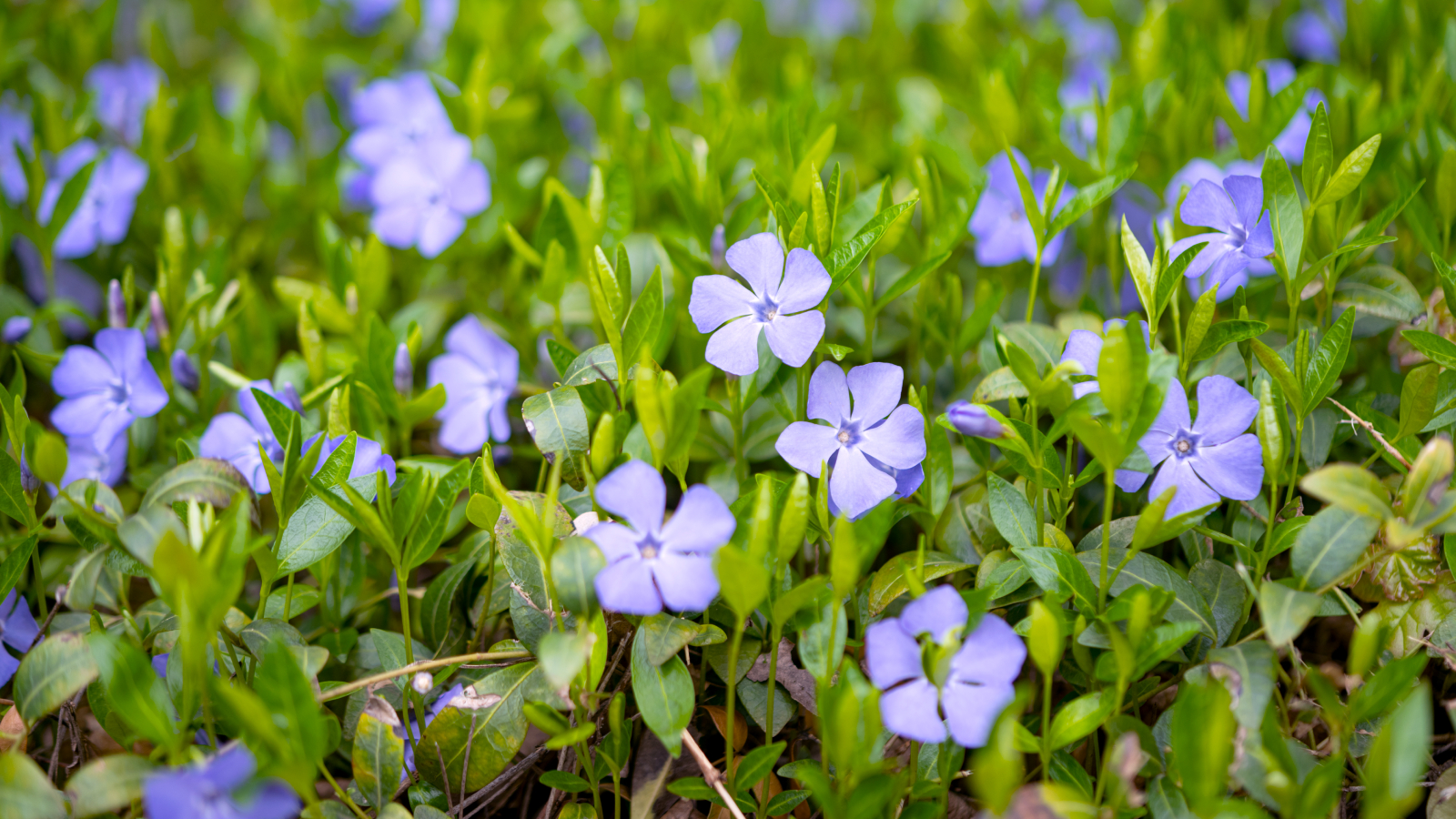

Laura Walters
Many invasive ground covers are popular because they establish easily, grow rapidly, and spread quickly. But these same qualities allow aggressive ground cover plants to escape cultivation, move into natural areas, and choke out native plants.
Given how important native plants are to an ecosystem—especially for pollinators—it’s a good idea to find native alternatives to invasive plants like these. To speed up your search for non-invasive ground cover varieties, we’ve listed some of the worst invasive plants and great native alternatives to replace them in your garden.
Benefits of Native Ground Covers
Native plants are naturally evolved to your region. They’re perfectly adjusted to the soil, the sun exposure, and the pests. They grow without fertilizer, pesticides, or wind protection. They provide food and shelter for native pollinators and other wildlife and help sustain the native ecosystem.
Native ground cover plants are proven champs when it comes to keeping weeds away, preventing damage from erosion, and drought tolerance. From every perspective, choosing a native ground cover is your best bet for a lovely, low-maintenance landscape.
Invasive Ground Covers To Avoid
Here are six invasive ground cover plants to avoid. They crowd out native plants, and once established, prove extremely difficult to remove. We also have alternative suggestions of native plants that are just as beautiful, easy to grow, and so much better for the environment.
1. Periwinkle
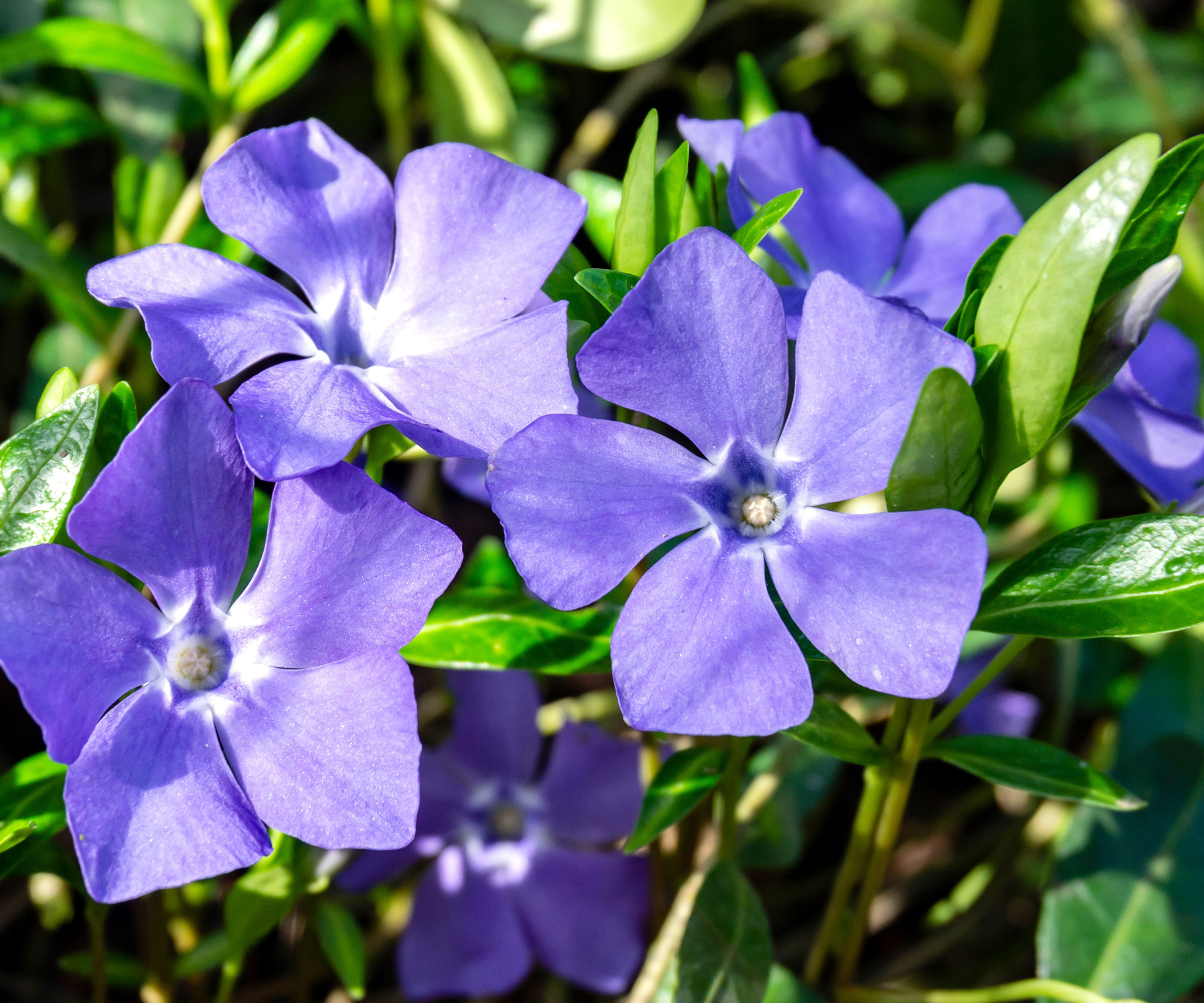
This one hurts! I love both the vibrant blue color known as periwinkle and the vinca ground cover with blue flowers that goes by the same name. Still, there’s no denying that common periwinkle (Vinca minor) is invasive and difficult to control.
Common periwinkle is an invasive vine with glossy evergreen leaves and five-petaled blue flowers. Vinca plants re-root as they spread and grow quickly into dense stands that readily escape cultivation. When vinca moves into a natural area, it chokes out low-growing native species.
Sign up for the Gardening Know How newsletter today and receive a free copy of our e-book "How to Grow Delicious Tomatoes".
A good alternative to vinca vines is Hearst Ranch buckbrush (Ceanothus hearstiorum). It’s a Southwest native ground cover that stays under a foot (.3 m) tall and spreads to 9 feet (3 m) across. The plant grows masses of spring flowers in a gorgeous periwinkle blue. Like periwinkle ground cover, buckbrush grows in sun and shade.
Shop more low-growing California lilacs from Nature Hills Nursery.
2. Wintercreeper
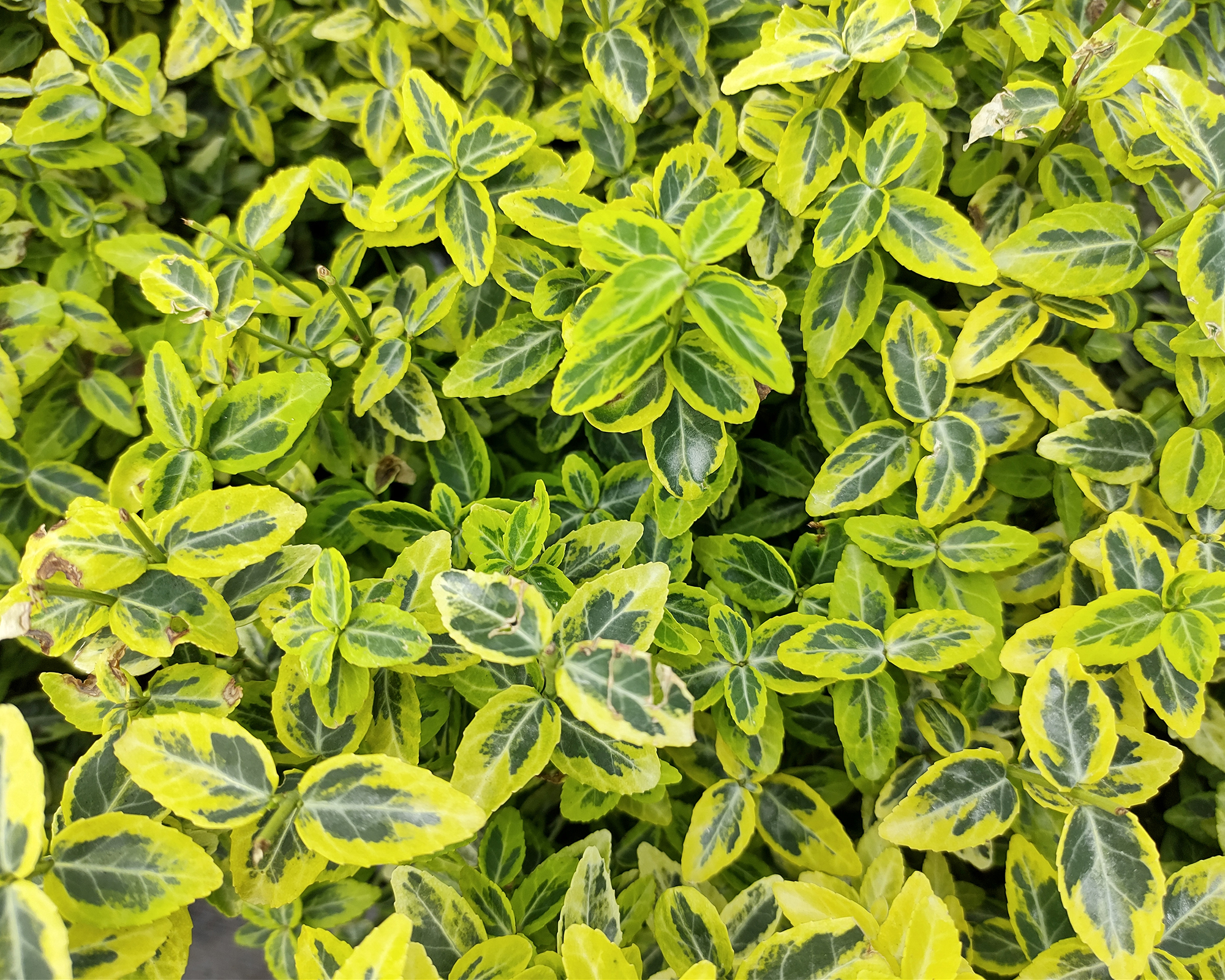
Wintercreeper (Euonymus fortunei) is another invasive vine that was brought to this country as an ornamental ground cover, but then became a big problem. The vine is very appealing, with variegated leaves of bright green and cream, white spring flowers, and red berries in autumn.
But wintercreeper is hard to control, which makes it very invasive. The vines dash across the soil, sinking roots and crowding out native flowers. They also climb trees and can smother and kill them.
Forget wintercreeper and plant a native ground cover like bearberry (Arctostaphylos uva-ursi). Like wintercreeper, it has attractive, leathery evergreen leaves. Foliage turns reddish in fall and winter, adding to its four-season appeal.
It also produces bright berry-like fruit that appears after pinkish white flowers in late summer and lasts into winter. This extremely hardy, acid-loving perennial can survive the cold all the way up to USDA growing zone 2.
Buy bearberry today from the Home Depot.
3. English Ivy
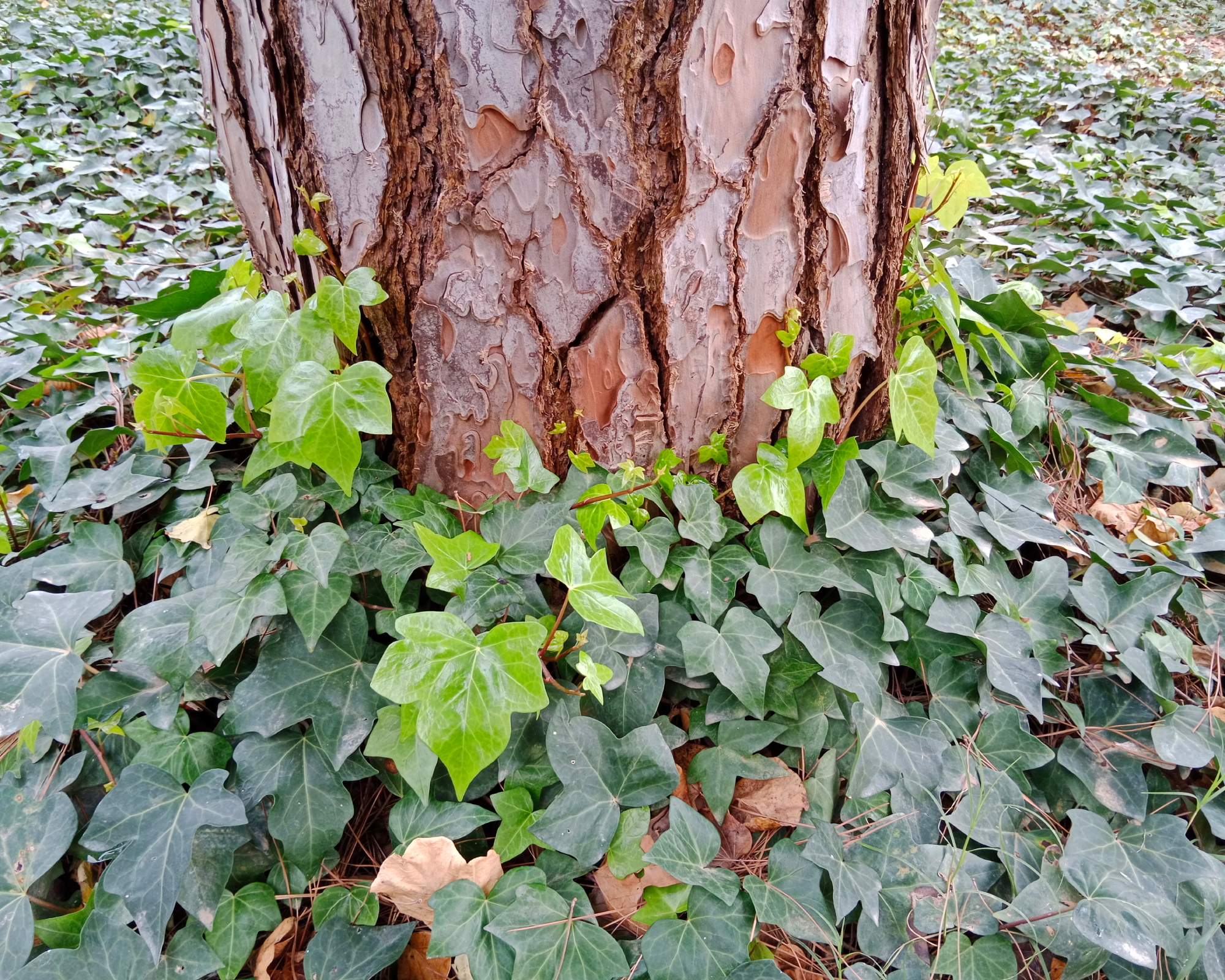
Most of us know English ivy (Hedera helix), the vine with star-shaped leaves, as it is among one of the most popular ground covers available. It’s easy to grow, thrives in sun or shade, and tolerates any soil. The vine spreads fast, quickly covering a large landscape with its shiny evergreen foliage.
But the problems grow almost as quickly as the ivy itself. Stems become thick and hairy, and the vine climbs everything in its path, from trees to buildings, smothering all surrounding vegetation.
As an alternative to English ivy, plant wild ginger (Asarum canadense), a low-growing and hardy native species. This plant have lovely, heart-shaped leaves and grows best in shade.
You can buy wild ginger ground cover online from Walmart.
4. Italian Arum

Italian arum (Arum italicum) has lovely, speckled leaves of bright green and white that are shaped like large, long arrowheads. This plant is often sold in garden stores as a shade-tolerant ground cover that offers unusual flowers with papery spathes.
But they are vigorous growers in moist soil and easily spread out of control. They quickly form dense stands, pushing out all native plants and wildflowers. Another negative of the arum plant is the fact that its leaves, flowers, and red berries are poisonous.
Instead of Italian arum, plant a native ground cover that also likes shade, like golden star (Chrysogonum virginianum). This is a low-growing perennial that spreads via rhizomes. It forms a foliage mat with star-shaped blossoms in brilliant yellow that bloom from spring to fall in cool climates.
Fill your garden with golden star plants fast by ordering a flat from Amazon.
5. Kudzu
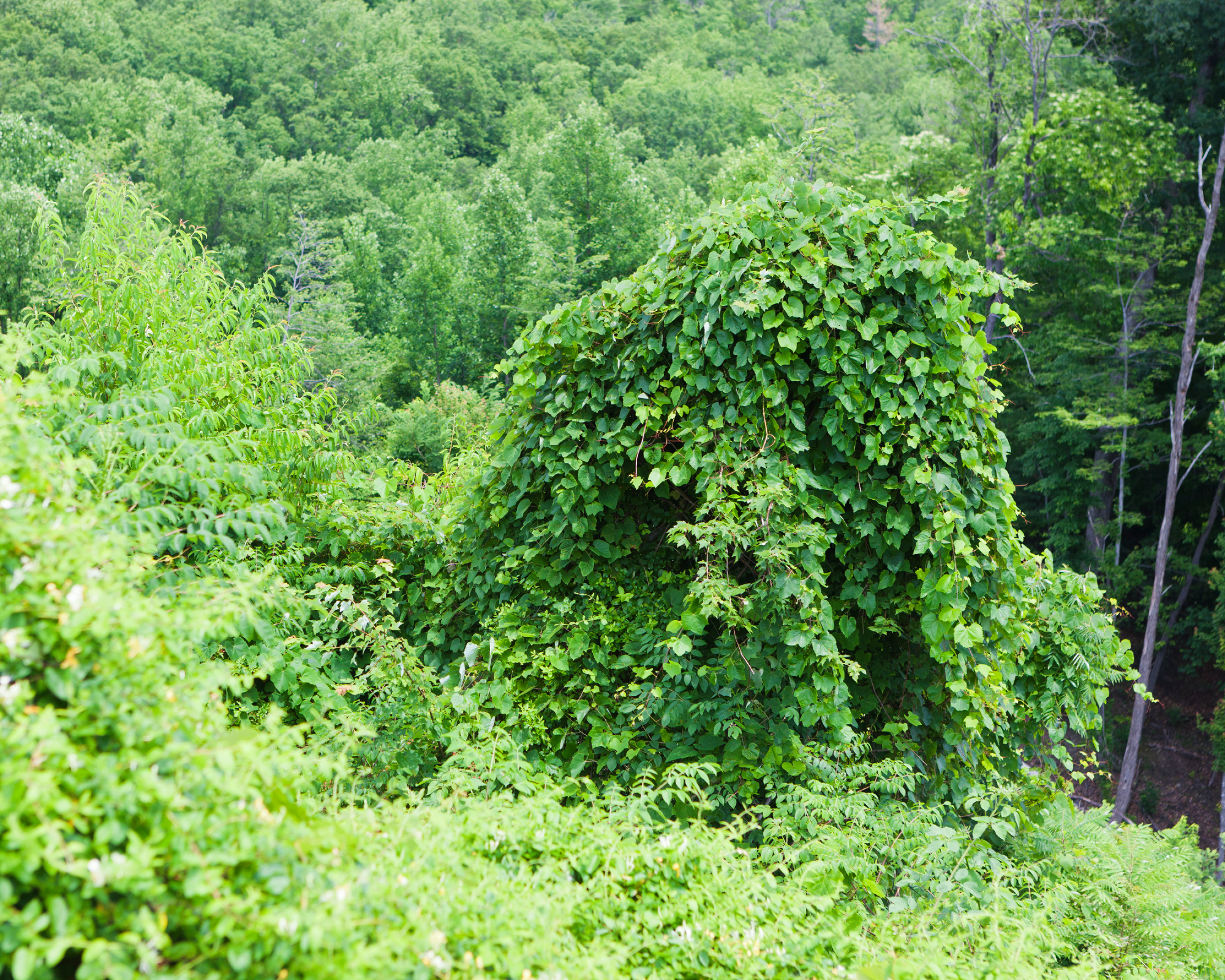
Kudzu (Pueraria montana) is another invasive vine from Asia. It was imported to this country in the 1800s as an ornamental ground cover, offering fast growth, rounded leaves, and fragrant purple blossoms in spring. Today it is recognized as a highly invasive vining weed.
Kudzu is one of the most invasive vines that you should avoid at all costs. It grows lightning fast, up to a foot everyday. It is also extremely hard to get rid of since it develops a powerful root system. These vines can cover huge swaths of land, killing trees, shrubs, and native wildflowers in its path.
Instead of kudzu, plant wintergreen (Gaultheria procumbens), a native plant that makes an appealing, easy-care ground cover for shady locations. This blueberry relative grows to 6 inches (15 cm) tall and produces scarlet berries that remain on the vine during winter. Its foliage also has delightfully minty fragrance.
Start your wintergreen plants from seeds you can get on Amazon.

Teo Spengler is a master gardener and a docent at the San Francisco Botanical Garden, where she hosts public tours. She has studied horticulture and written about nature, trees, plants, and gardening for more than two decades, following a career as an attorney and legal writer. Her extended family includes some 30 houseplants and hundreds of outdoor plants, including 250 trees, which are her main passion. Spengler currently splits her life between San Francisco and the French Basque Country, though she was raised in Alaska, giving her experience of gardening in a range of climates.
- Laura WaltersContent Editor